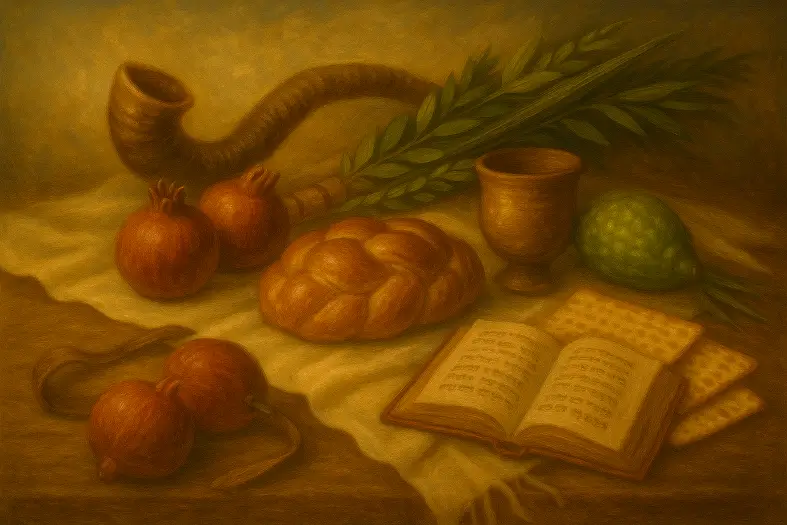


Each Jew must count the days and weeks from the Omer offering for seven full weeks until Shavuot.
This mitzvah commands Israel to count forty-nine days between the Omer offering and Shavuot, a practice called Sefirat HaOmer. Rambam (Hilchot Temidin uMusafin 7:22) codifies that the count is both days and weeks, recited nightly with a blessing.
The Sefer HaChinuch (Mitzvah 306) explains the mitzvah as a spiritual preparation, linking the freedom of Pesach to the revelation of Torah on Shavuot. Just as the Omer offering marked physical sustenance, counting the days directs Israel toward spiritual sustenance. The Talmud (Menachot 65b) teaches that the count must be consecutive and complete. Midrash connects the practice to Israel’s anticipation after the Exodus, when they eagerly counted days until receiving the Torah at Sinai.
Commentary & Classical Explanation:
Contrast with the Omer Offering (Mitzvah 384):
Parallel to Shavuot Offerings (Mitzvah 386–387):


Mitzvot related to the Jewish festivals — their observance, rituals, prohibitions, and spiritual significance. This includes Torah-commanded holidays like Pesach, Shavuot, and Sukkot, as well as rabbinic celebrations such as Purim and Chanukah.
Represents Emunah—the deep, inner trust in Hashem’s presence, oneness, and constant involvement in our lives. This badge symbolizes a heartfelt connection to G-d, rooted in belief even when we cannot see. It is the emotional and spiritual core of many mitzvot.
Represents the concept of spiritual intentionality, purity, and sanctity—set apart for a higher purpose.
Mitzvot that strengthen communal life — showing up, participating, supporting, and belonging. Community is where holiness is shared, prayers are multiplied, and responsibility becomes collective.
Signifies awe and reverence toward Hashem—living with awareness of His greatness and presence.
Mitzvot that define and deepen the relationship between a person and their Creator. These include commandments involving belief, prayer, Shabbat, festivals, sacrifices, and personal holiness — expressions of devotion rooted in divine connection.

Dive into mitzvot, prayer, and Torah study—each section curated to help you learn, reflect, and live with intention. New insights are added regularly, creating an evolving space for spiritual growth.

Explore the 613 mitzvot and uncover the meaning behind each one. Discover practical ways to integrate them into your daily life with insights, sources, and guided reflection.

Learn the structure, depth, and spiritual intent behind Jewish prayer. Dive into morning blessings, Shema, Amidah, and more—with tools to enrich your daily connection.

Each week’s parsha offers timeless wisdom and modern relevance. Explore summaries, key themes, and mitzvah connections to deepen your understanding of the Torah cycle.